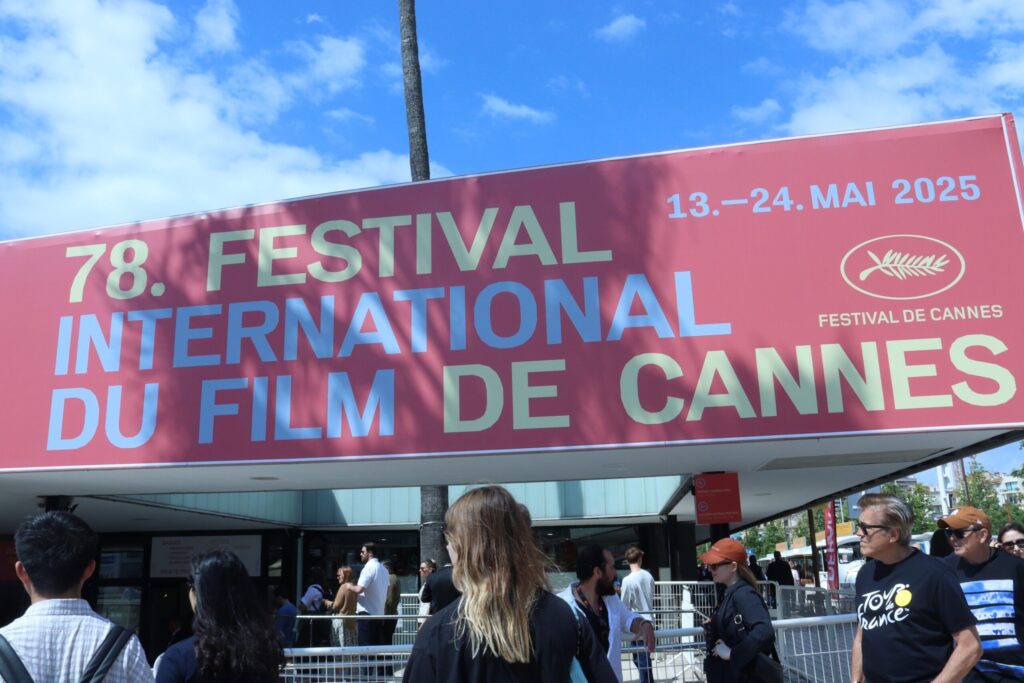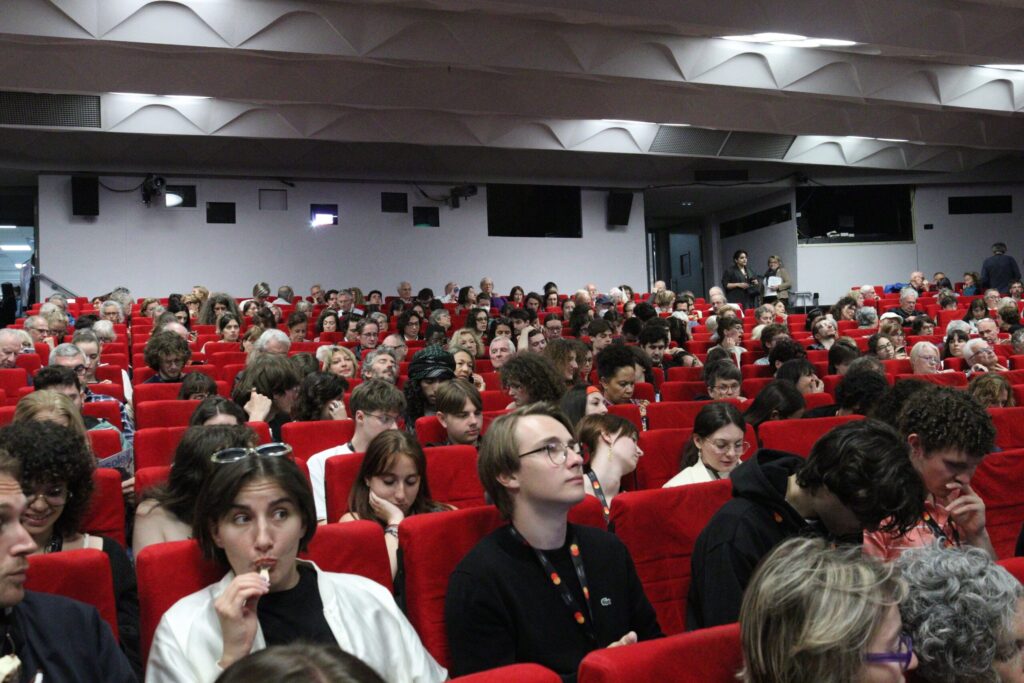Storytelling That Transcends Language Barriers: “The Mysterious Gaze of the Flamingo” at Cannes Film Festival

CANNES – Should film rely on spoken language to tell a story? After watching Diego Céspedes’ debut feature film “La Misteriosa Mirada del Flamenco (The Mysterious Gaze of the Flamingo)” at Cannes Film Festival yesterday, I don’t think it should. Or, at least, language should not be responsible for the audience’s understanding of a film’s narrative.
“The Mysterious Gaze of the Flamingo” was immediately amongst my most anticipated films in the 2025 Cannes lineup after reading its plot description. The film is recognized in Cannes’ “Un Certain Regard” section, which highlights films with unusual styles and non-traditional stories as well as young or new directors.
I only realized after booking my ticket that the film would be screened in its original language, Chilean Spanish, with French, not English, subtitles. Though, I wasn’t too disappointed. In fact, I looked forward to seeing how I would interpret the film through a solely visual lense.
The film follows 11-year-old Lidia, who lives with her loving family, a tightly knit commune of transgender women, in a desert mining town in northern Chile in 1982. When an unknown and deadly disease begins to spread, a legend claiming that the disease is transmitted through a simple glance between a transgender woman and a man when he falls in love with her is spread as well. When Lidia’s own family gets accused of infecting men in the town, she tries to find out whether the legend is real.
In the film, the legend is portrayed through strong, almost hypnotizing visuals that position the trans women as the predator and the men as unfortunate souls who fall victim to the women’s seductive techniques. As hostility towards Lidia’s family grows with the spread of the disease, the town’s residents are scared to look at the women, even going as far as to blindfold the women and themselves.

It is ironic that the sense of sight played such a major role in a movie for which I had to rely on visual cues to watch. This made my viewing experience of the film feel satisfyingly intentional. Since I read the plot description beforehand, I understood the general conflict which allowed me to let go of the spoken words and focus on the settings, clothing and emotions—all accessories that emphasized visual language instead of a narrative pillar.
Having to hone in on the expressions on the actor’s faces and the way they were reacting to each other in dialogue made me much more attentive. A slight twitch of the eye, curl of the mouth or hand movements marking the cadence and emotions of a character’s expression revealed a tremendous amount of the story.
Though it was an unusual experience, I recommend watching foreign language films without subtitles to everyone, even if just as an exercise in visual storytelling.

I also felt far more connected to those I was sharing the experience with. The theater was packed and the crowd was deliciously reactive, so I listened closely to the laughter, gasps and silence of disbelief and anger in scenes with heavy dialogue. Through the reactions of those who understood the language, I felt how the film was landing and was able to gauge where certain relationships and plotlines were headed.
Though there are most definitely aspects of the film I missed out on, the story communicated through the visual language of “The Mysterious Gaze of the Flamingos” made it worth seeing in any language.
For more updates on the 2025 Cannes Film Festival, follow The Independent’s live reporting from the festival grounds here.
